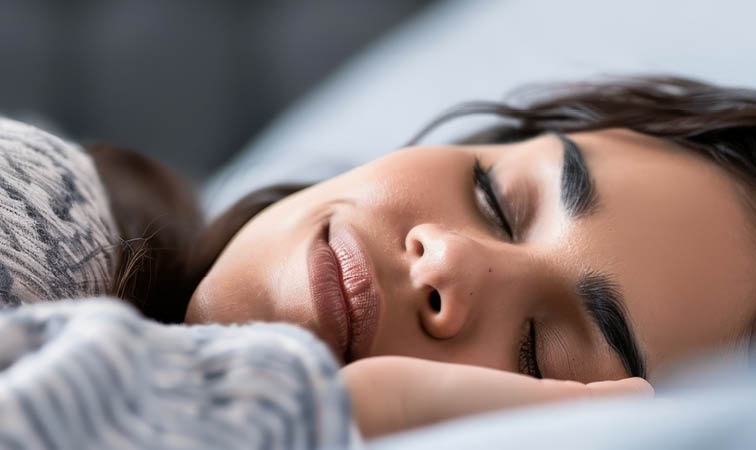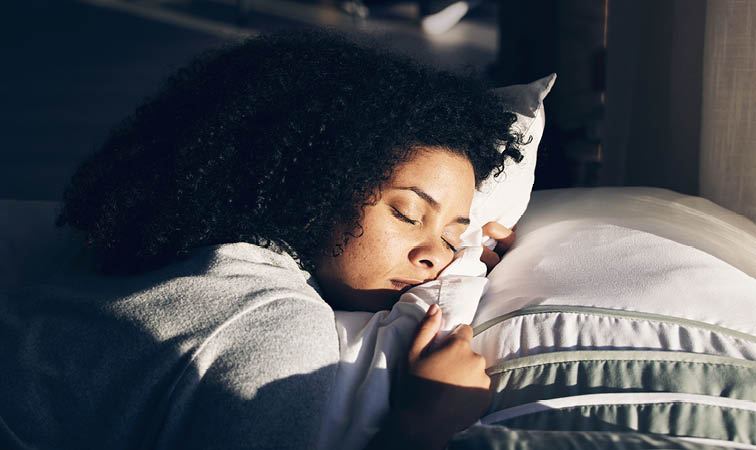About This Lesson
Sleep for Happiness is a science-backed, family-friendly wellbeing skill that helps students ease into strong sleep routines as they head back to school, because better sleep means better focus, learning, and mood.
Grounded in the research of sleep scientist Matt Walker, these printable activities, designed for use at home or in the classroom, show how sleep enhances emotional regulation, supports memory, and restores mental clarity.
Perfect for transitioning from summer to school-year schedules, this comprehensive bundle includes everything you need to bring Sleep for Happiness into the classroom and at home, from teaching slides and notes to supplementary resources.
Share with your students' families so everyone can start the year more rested, focused, and connected!
Learning Objectives1. Students learn to identify the connection between sleep and happiness.
2. Students learn to identify and explore various sleep shifts that can improve sleep quality.
3. Students learn to track their sleep habits and their impact on happiness over time.
These interactive teaching slides feature four ready-to-use lessons with discussion prompts, hands-on activities, and reflection exercises. Students explore how sleep supports their happiness and health in preparation for the school year, and throughout life.
Activity 1: An Introduction to Sleep for Happiness
Activity 2: What is Sleep?
Activity 3: The Sleep Happiness Connection
Activity 4: Sleep Shifts
Unit Study Bundle Pack — All Activities
Here’s what you’ll get:
An entire Sleep for Happiness unit, including,
- Student instruction and lessons in Google Slides format
- Teacher's guide in speaker notes
- Printable worksheets, activities, and materials that you can also share with families
- Answer keys for all lesson activities
Integration Into Current Instruction
- Do students already follow a morning or bedtime routine? Use this skill to explore small tweaks that could improve sleep quality, like adjusting screen time, adding a calming activity, or setting a consistent wake-up time. Consider using visual schedules or first-then prompts to reinforce habits and routines.
- Are students learning about emotional regulation? Incorporate discussions on how sleep impacts mood, focus, and wellbeing. Have students reflect on how their energy and emotions shift with different sleep patterns.
- If your students track behaviors (like steps, moods, or habits), add sleep tracking! Have them keep a log of the amount of hours they slept, bedtime and wake time, how they feel the next day, etc. You may also consider using a visual mood/emotion meter, emoji check-ins, or color-coded sleep charts. Students can start to notice patterns between sleep and daily wellbeing and identify which sleep shifts work best for them.
- Do you already use a communication log? Consider adding a section for sleep and perhaps a prompt like, “How did you sleep last night? How do you feel this morning?”
- Just like movement or nutrition, sleep isn’t one-size-fits-all. Some students might struggle with sleep due to sensory needs, anxiety, or routines at home. Encourage students to identify small, personalized shifts that could make a difference in their sleep experience.
Why you’ll love this activity:
- Everything you need to teach the science of sleep in one download
- Easy to adapt for whole class, small group, or home use
- Supports cross-curricular learning in science, SEL, and health
Ways to Use
- As a full unit on sleep and wellbeing during back-to-school season
- In classroom lessons, assemblies, or enrichment blocks
- As a take-home family engagement resource
What is Sleep for Happiness?
Sleep for Happiness is a science-backed wellbeing skill that helps students and families explore how high-quality sleep supports both physical health and emotional wellbeing. More than just rest, sleep is an active process that restores the brain, regulates emotions, and boosts happiness.
Grounded in the work of leading sleep scientist Matt Walker, this skill highlights how small, consistent habits, like setting a regular bedtime, limiting screen time, and creating a calming routine, can make a big difference. Whether you’re struggling with sleep or just want to feel better day to day, this resource offers practical, inclusive strategies to help all learners, especially those with autism, unlock the benefits of better sleep. Better sleep means better focus, stronger relationships, greater resilience, and a happier, more balanced life.
Science of Sleep for Happiness
Research consistently shows that quality sleep is a cornerstone of happiness and life satisfaction. Sleep doesn’t just impact physical health; it also plays a vital role in wellbeing. Scientists have discovered that sleep plays a critical role in regulating mood. In fact, research by leading sleep scientist Matt Walker shows that during sleep, the brain processes emotions, consolidates memories, and repairs itself, promoting mental clarity and emotional resilience.BENEFITS
People who cultivate regular, high-quality sleep are more likely to experience:
- Higher levels of happiness
- Reduced stress and greater emotional regulation
- Improved cognitive functioning, including focus, memory, and decision-making
- Greater resilience to mental health challenges, including reduced risk of depression and anxiety (linked directly to better REM sleep)
- Improved relationships due to better mood and patience
- Enhanced cell growth in the brain
- Increased life satisfaction and overall wellbeing
Looking for more SEL resources?
- Explore the free full lesson plans and unit studies on happiness skills at our Skill Center. All units include teaching slides, additional worksheets and activities, and even IEP and BIP recommendations tailored specifically to students with autism.
Proof Positive’s resources are and will always be free. Be well!













